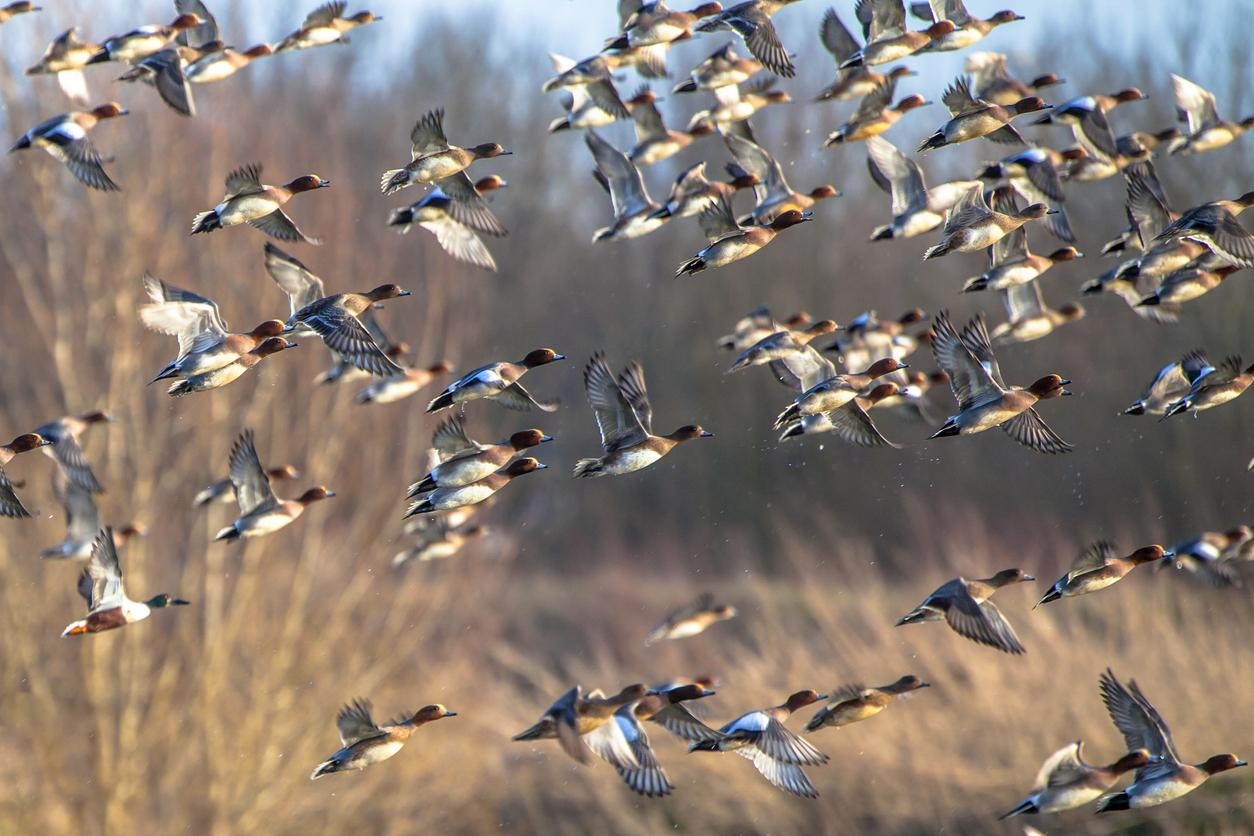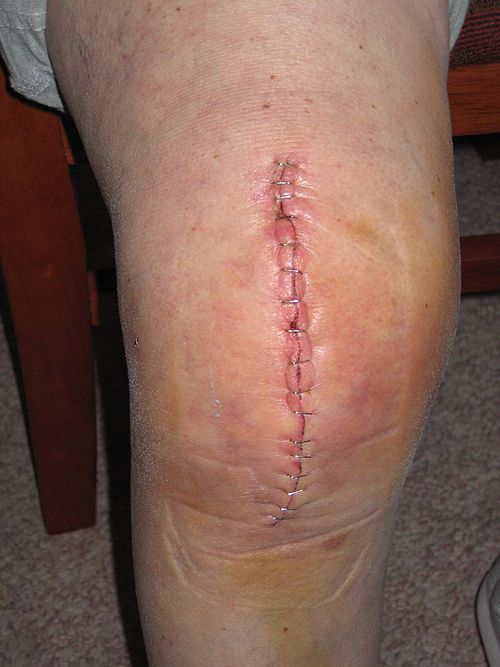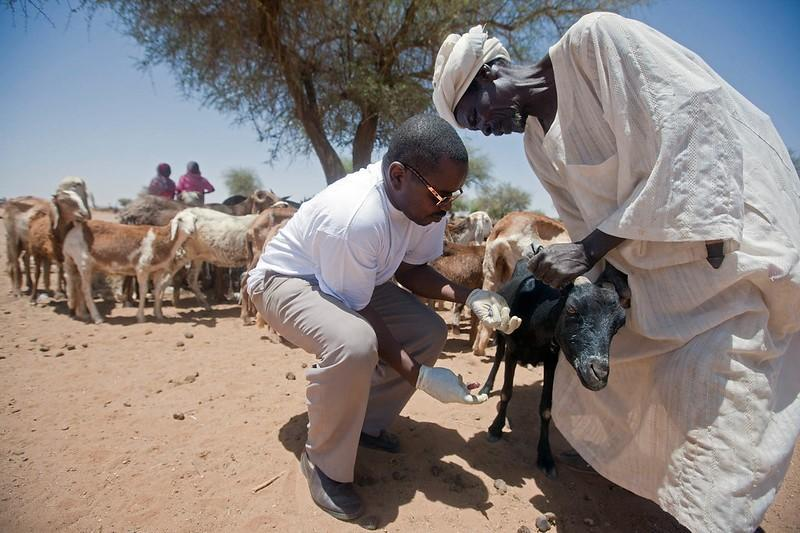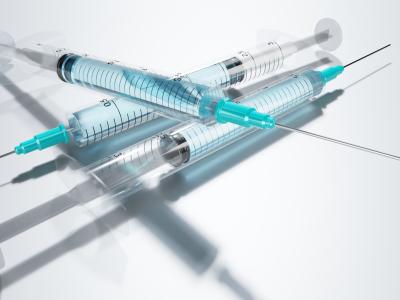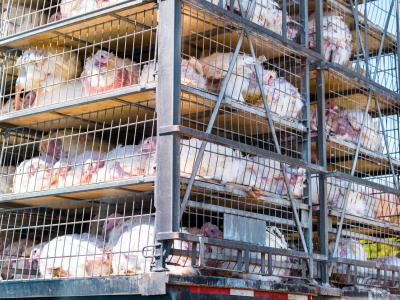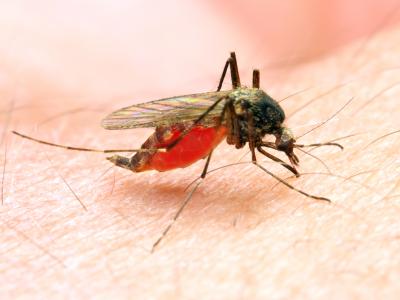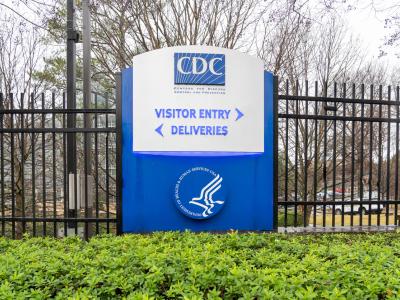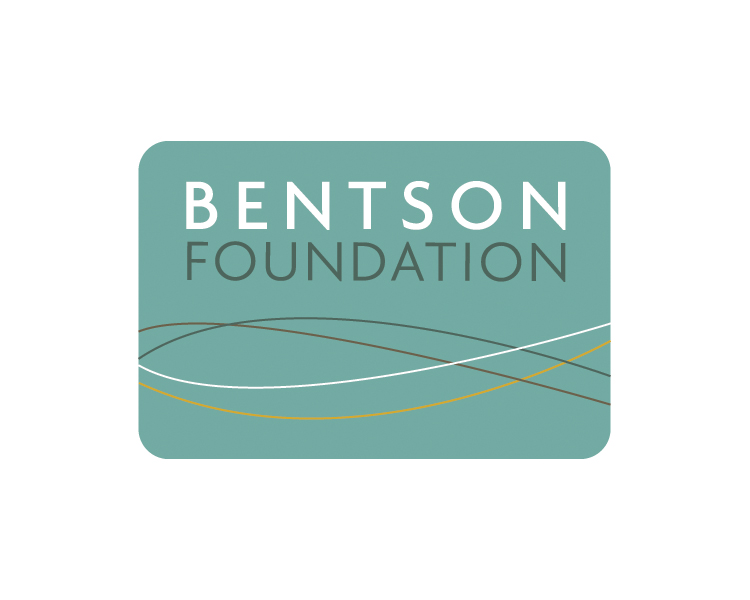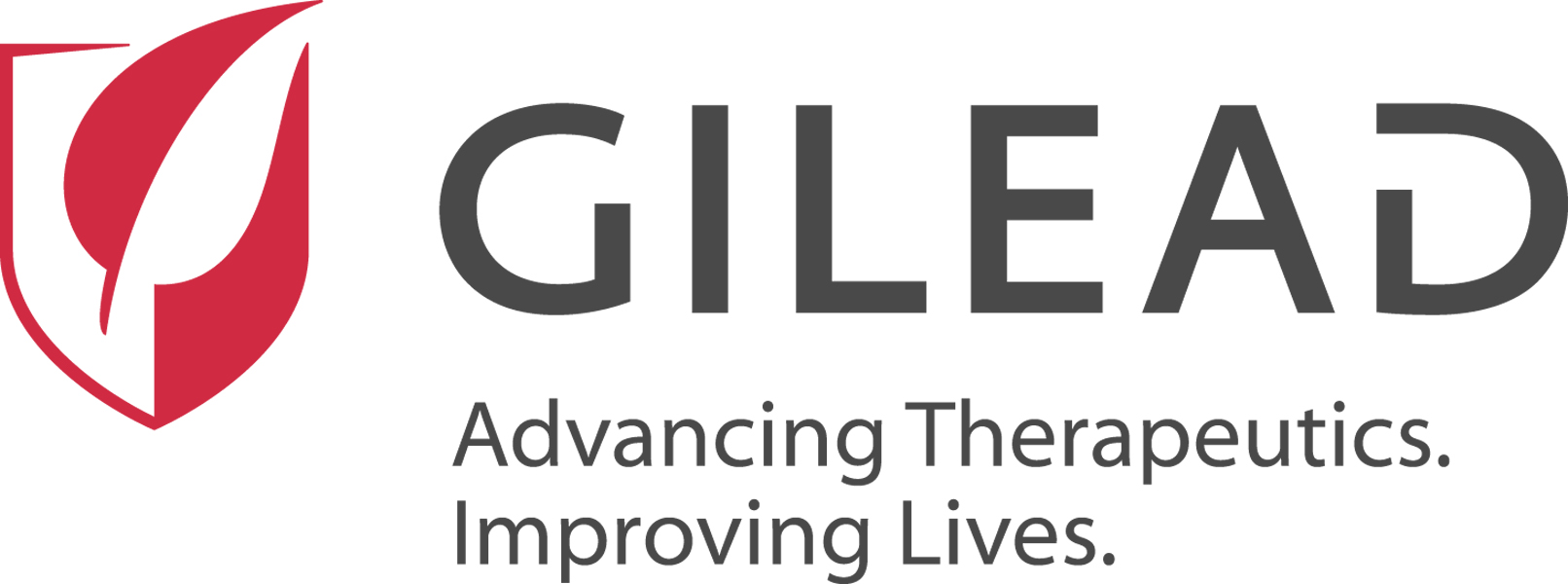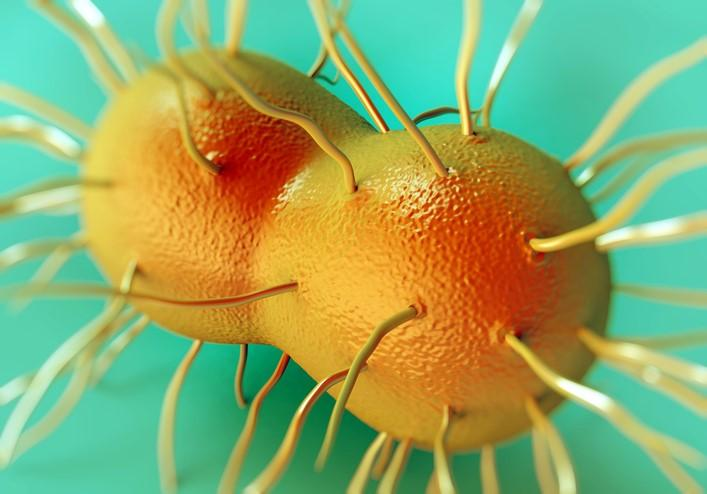
Surveillance data on gonococcal antimicrobial susceptibility across Europe from the European Centre for Disease Prevention and Control (ECDC) show a high level of tetracycline resistance (58.4% of isolates), suggesting that doxycycline post-exposure prophylaxis (doxy PEP) is unlikely to reduce the region's rate of the sexually transmitted infection.
In 2023, as in every year since 2009, the European Gonococcal Antimicrobial Surveillance Programme (Euro-GASP) asked participating labs to collect gonococcal isolates from September to November.
Researchers tested all isolates for susceptibility to the antibiotics ceftriaxone, cefixime, azithromycin, and ciprofloxacin and tested for beta-lactamase production to detect high-level resistance to penicillin. Data on resistance to tetracycline was also collected to track the effects of doxy-PEP in Europe.
High-dose ceftriaxone alone or with azithromycin
Twenty-four European Union/European Economic Area (EU/EEA) member states participated in Euro-GASP, submitting 5,269 isolates to the European Surveillance System, 3,184 of which were included in the report.
The European gonorrhoea treatment guideline recommends high-dose ceftriaxone plus azithromycin dual therapy or ceftriaxone high-dose monotherapy.
Most specimens (82.6%) were from males, and patient ages ranged from younger than 1 year to 82 years (median, 30 years). Most specimens were collected from the genitals (73.6%), followed by the rectum (14.9%) and throat (9.3%). Samples were also collected from the eye (0.7%), blood (0.2%), joint fluid (0.1%), and cerebrospinal fluid (0.03%).
Among the 59.3% of patients with known transmission route and data on sex (59.3%), 53.4% were female or heterosexual males, and 46.6% were men who have sex with men (MSM). Of the 24.7% with data on prior gonorrhea diagnoses, 33.3% had previously been infected.
A total of 9.7% of 31.2% patients with known HIV status had HIV. Of patients with a known route of gonorrhea transmission, 97.6% were MSM, and 7.6% of the 34.2% of patients with information on likely country of transmission were probably infected outside of the reporting country.
"The high level of tetracycline resistance suggests that doxy-PEP is unlikely to reduce the incidence of gonorrhoea across the EU/EEA," the ECDC wrote. "Therefore, the European gonorrhoea treatment guideline recommends high-dose ceftriaxone plus azithromycin dual therapy or ceftriaxone high-dose monotherapy."
